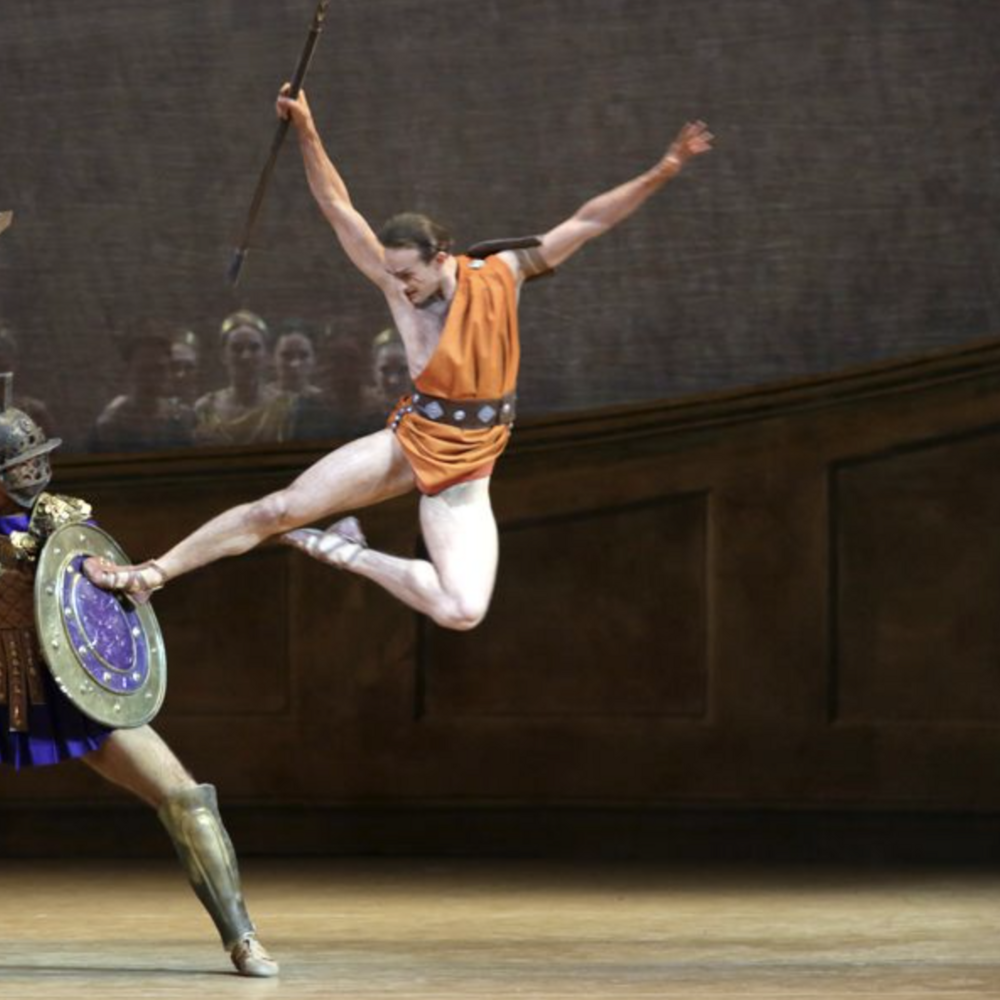The Spartacus everyone knows is the big one—Yuri Grigorovich’s bombastic version for the Bolshoi Ballet in Moscow, premiered in 1968. But the work was first staged in 1956 at the Mariinsky Theatre (then called the Kirov), in St. Petersburg (then called Leningrad), by the experimental choreographer Leonid Yakobson. An artist who often set himself against tradition—“a restless artist,” Yakobson was called—he dispensed with pointe work and dared to express Roman corruption with an orgy scene. As Yacobson biographer Janice Ross writes, “One of the subversive, radical things in Spartacus … is that he makes it a very intimate, personal tale. At the core of it is a tragic love story about loss and longing.” Yacobson’s Spartacus didn’t go over. Yet today the choreography is fascinating for its stylized plastique, for shapes inspired by the figures on Etruscan vases. There’s a reason Ross titled her biography Like a Bomb Going Off. Yacobson had power. —L.J.
Arts Intel Report
Spartacus

When
Oct 6–7, 2021
Where
Etc
Grigory Popov as Retiarius. Courtesy of Mariinsky Ballet.
Explore More
Jan 22–23, 2026
Until Feb 15, 2026



